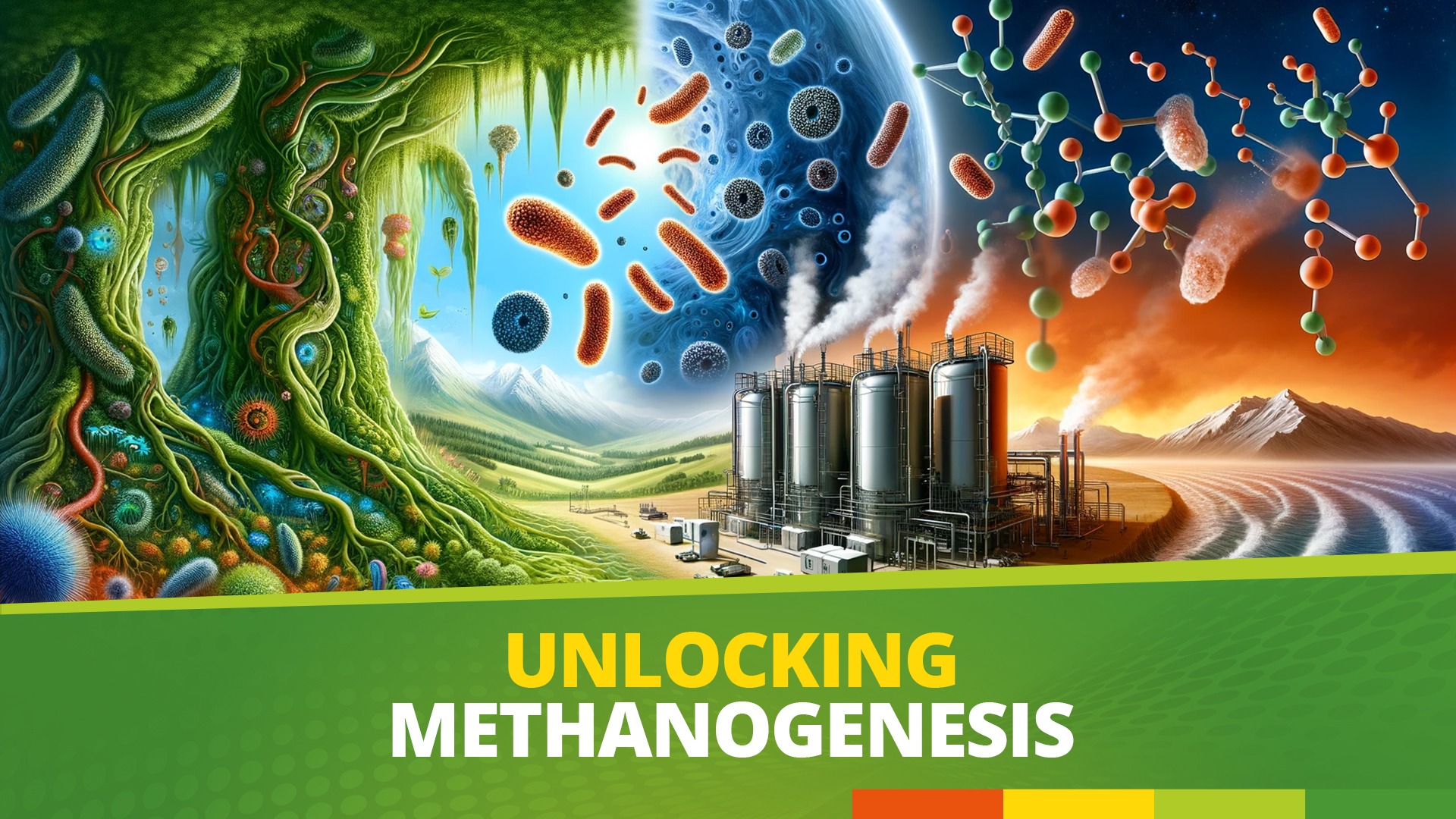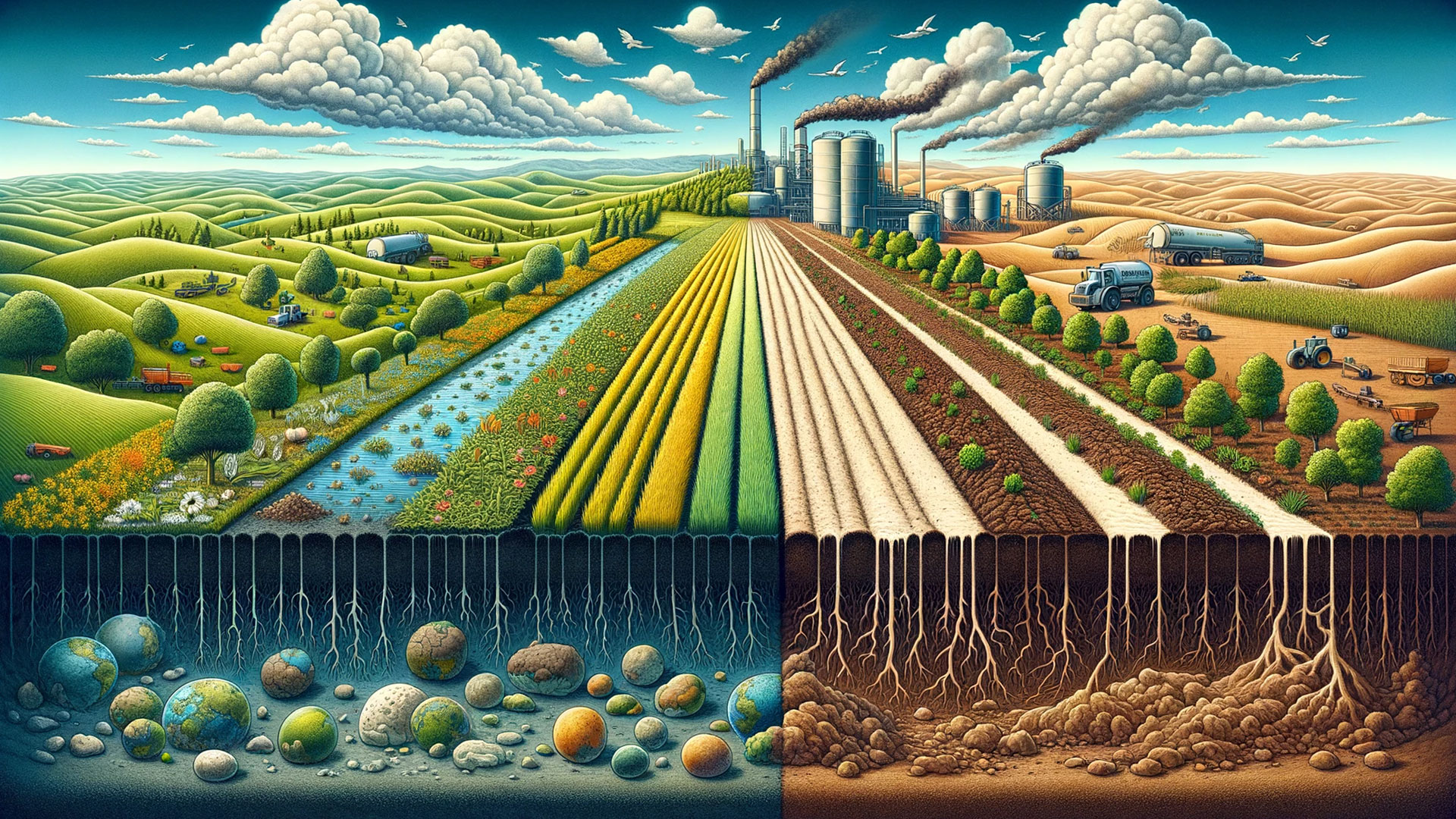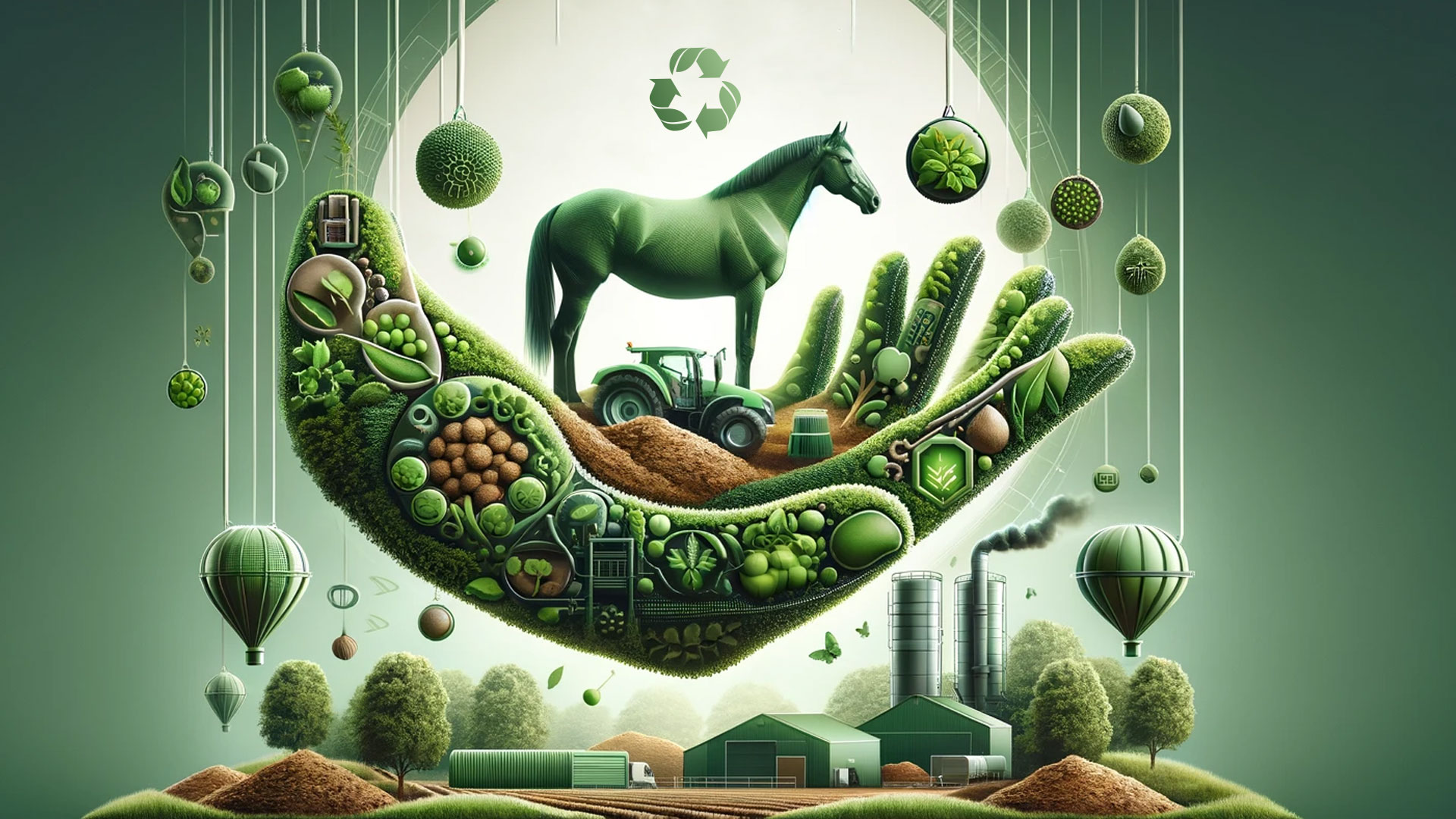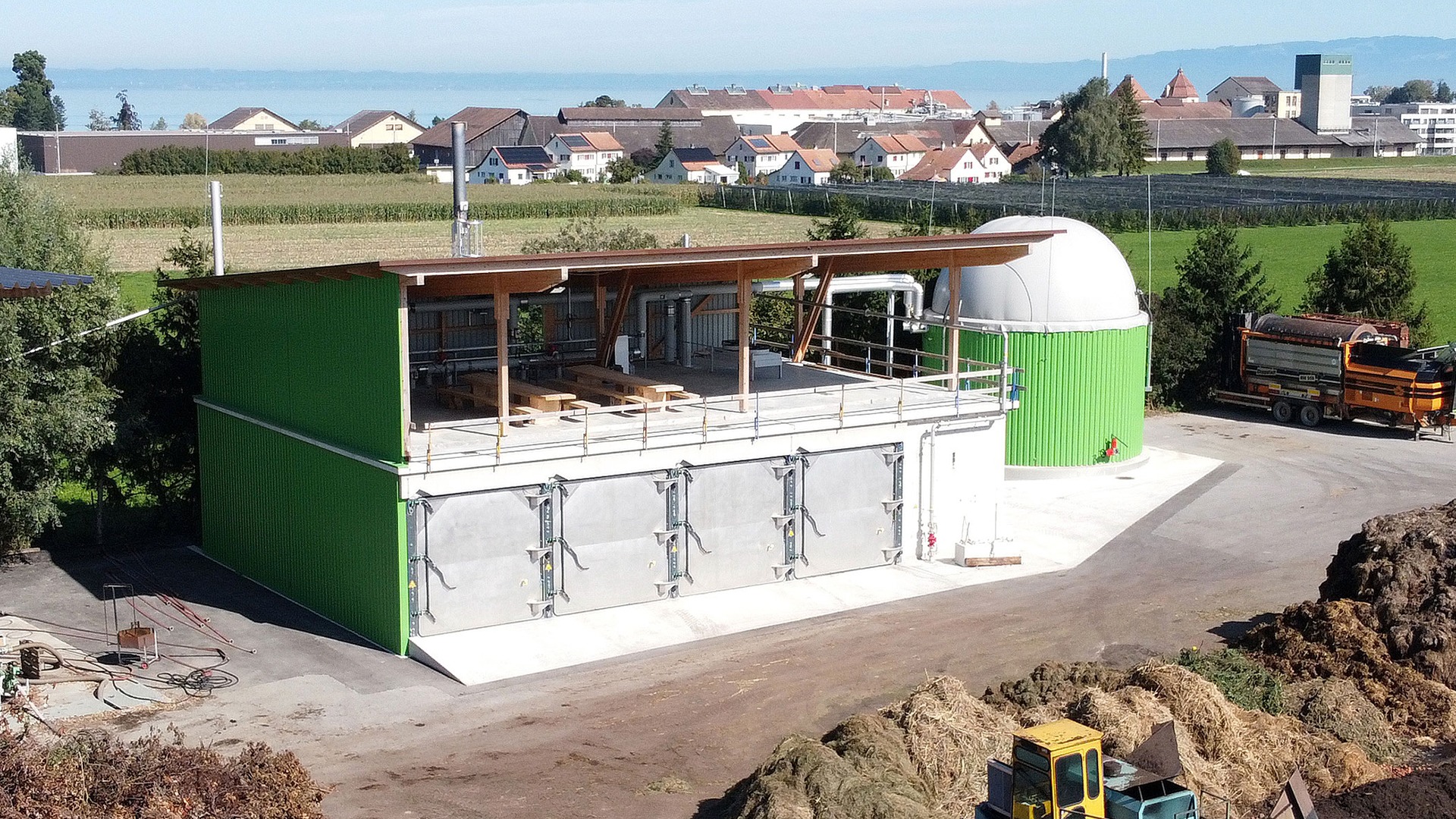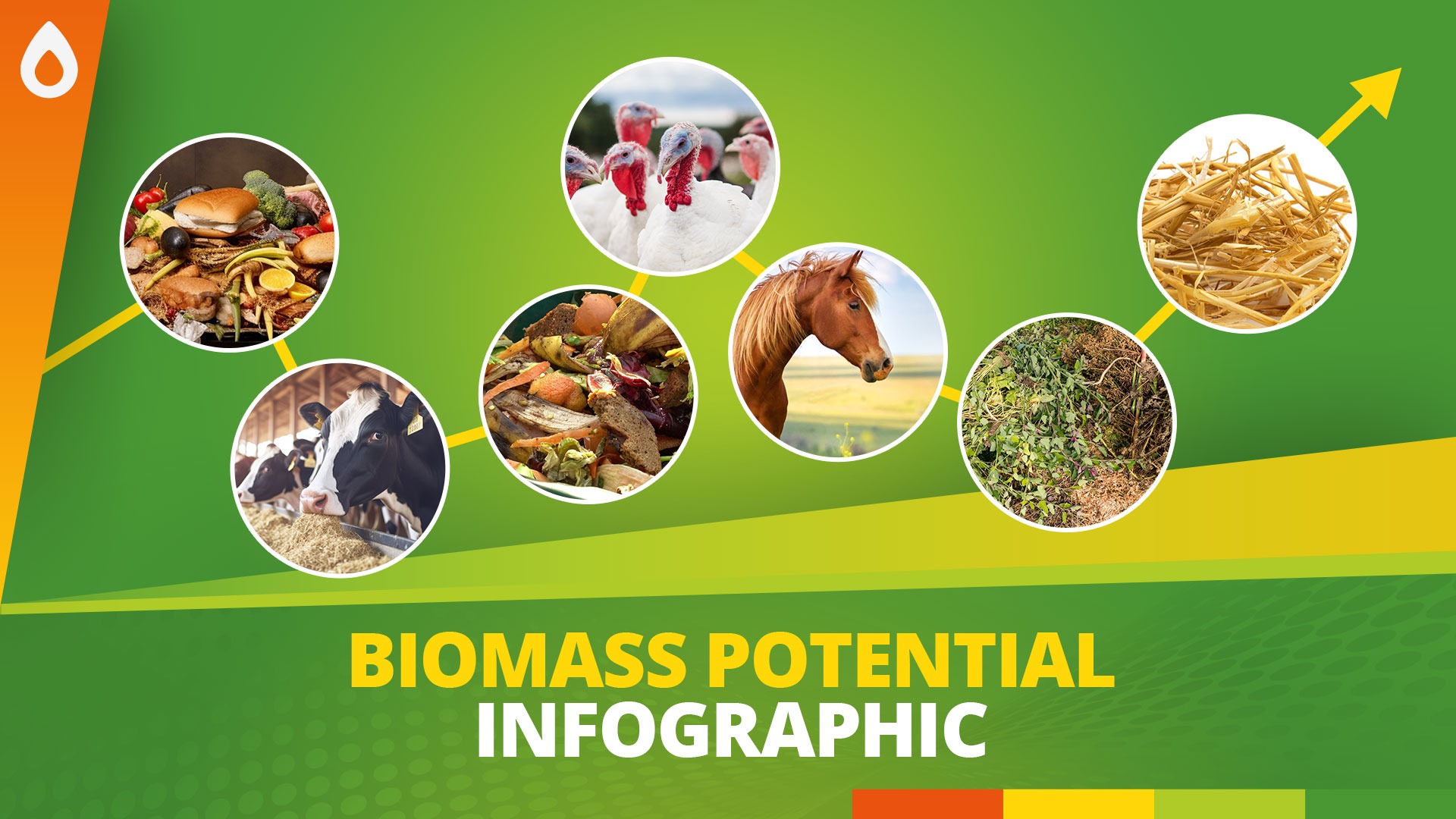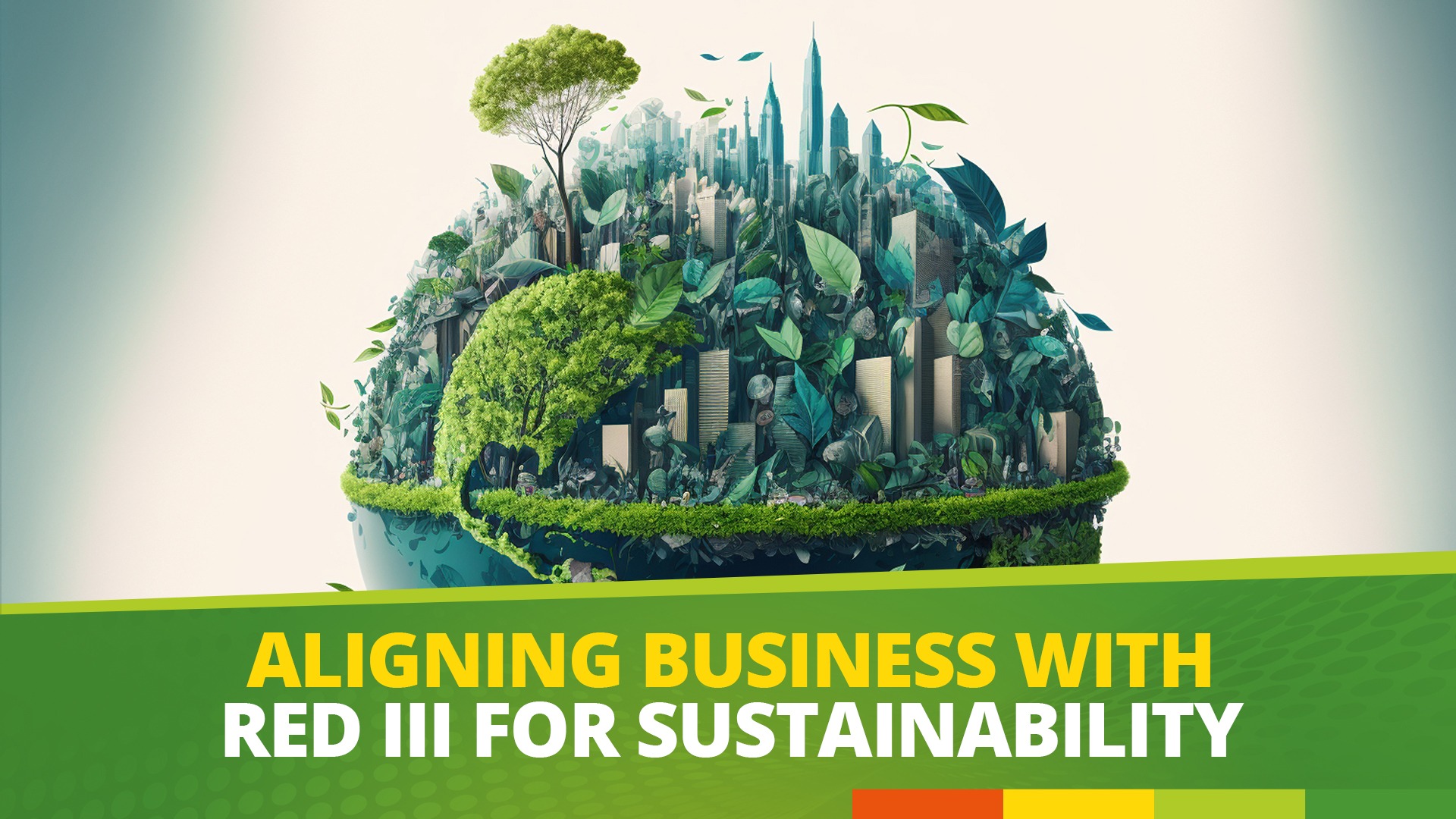In the beginning, there was a cell, and the cell made methane. This simple act, performed billions of years ago by some of the earliest life forms on Earth, laid the foundation for a remarkable journey of energy transformation. Today, we stand at a crossroads where ancient biology meets modern technology, harnessing the power of these methane-making cells – archaea – in biogas plants. In this exploration, we’ll delve into how humanity has tapped into the ancient powers of methanogenesis, transforming waste into wealth and, in the process, creating a sustainable energy future.
Methanogenesis is a process as old as life itself, occurring in environments devoid of oxygen, where ancient microorganisms, known as archaea, convert organic materials into methane. These microscopic powerhouses have been at it since Earth’s early days, contributing significantly to the natural methane found in our atmosphere. This seemingly simple act played a crucial role in shaping our planet’s atmosphere and, ultimately, the course of life itself.
Human Discovery and Utilization of Methane
Fast-forward to human civilization, and we find that our ancestors were unwittingly interacting with the byproducts of these ancient organisms. Methane, naturally occurring in swamps and bogs, was often observed as mysterious flickers of flame – the enigmatic “will-o’-the-wisps” in folklore. However, it wasn’t until the scientific advancements of the 18th and 19th centuries that we began to understand the nature of this gas and the organisms responsible for its production.
The real breakthrough came in the 20th century, when scientists unraveled the complexities of methanogenesis. They discovered that archaea, distinct from bacteria and eukaryotes, were responsible for this process. These revelations opened new vistas of understanding, not just in microbiology but in our quest for sustainable energy solutions.
Biogas Plants:
A Modern Application of an Ancient Process
Consider that a pile of organic matter, if left unchecked, will decompose and release a certain amount of greenhouse gases into the atmosphere. The way this transformation occurs may be likened to a multi-step ballet of biochemical reactions. Initially, bacteria break down the complex organic compounds into simpler molecules like sugars, amino acids, and fatty acids. Then, other bacteria further convert these into organic acids and alcohol. Finally, the archaea step onto the stage, turning these intermediates into methane and carbon dioxide. While this natural process of decay is part of the Earth’s ecological cycle, it becomes problematic when amplified by the vast amounts of organic waste generated by human activities. By feeding this organic matter into an anaerobic digestion system instead, we intercept and utilize these emissions.
Enter biogas plants, a brilliant marriage of ancient biology and modern engineering. These facilities are designed to create a controlled environment in which archaea and their bacterial collaborations can thrive and fulfil their age-old task of decomposing organic material to produce methane. In these plants, we feed the microbial communities with agricultural waste, manure, wastewater, and other organic matter, creating a perfect breeding ground for these methane-producing powerhouses.
The process in a biogas plant mirrors natural methanogenesis, but at an accelerated and controlled pace. Waste materials are placed in large, sealed containers, known as anaerobic digesters, where they are broken down by interacting groups of microorganisms. The result is biogas, a mixture of methane produced by the archaea and carbon dioxide and other trace gases. This biogas can be used as a renewable energy source, replacing fossil fuels for electricity generation, heating and even as a fuel for vehicles.
But the story doesn’t end with energy production. The byproduct of this process, digestate, is a nutrient-rich material that can be used as a biofertilizer, returning vital nutrients to the soil and completing a sustainable cycle that mirrors the natural processes of the Earth.
The implications of this technology are profound. Biogas plants offer a sustainable solution to waste management while producing renewable energy. This addresses two critical challenges of our time: reducing greenhouse gas emissions and moving towards a circular economy. By capturing methane, a potent greenhouse gas, biogas plants help mitigate climate change. The methane produced is a versatile energy source, usable for electricity generation, heating, or as a fuel for vehicles.
What makes this journey truly remarkable is how it exemplifies a deepening of our relationship with the natural world. By understanding and utilizing the ancient processes of archaea, we’ve opened a pathway to sustainable energy that is both a nod to our planet’s past and a beacon for our future.
From the depths of Earth’s early anaerobic environments to the sophisticated biogas plants of today, we’ve come to harness the power of archaea, turning waste into energy, and completing a cycle that sustains both our planet and our way of life. It’s a testament to human ingenuity and our ability to learn from and utilize the natural world around us. As we continue to face environmental challenges, the art of farming ancient archaea in biogas plants stands as a shining example of sustainable innovation, rooted in the very origins of life on Earth.
Conclusion
Harnessing methanogenesis in biogas plants exemplifies a groundbreaking fusion of ancient natural processes and modern technology. This innovative approach addresses key environmental challenges, transforming organic waste into renewable energy and reducing greenhouse gases. As we face the urgency of climate change, biogas plants stand as a testament to sustainable innovation, marrying ecological wisdom with technological advancement. This synergy not only offers a sustainable energy solution but also signifies a profound shift towards a circular economy, underscoring our deepening connection with the natural world. As such, biogas plants are not just energy generators; they are beacons of hope, guiding us towards a cleaner, more sustainable future.
